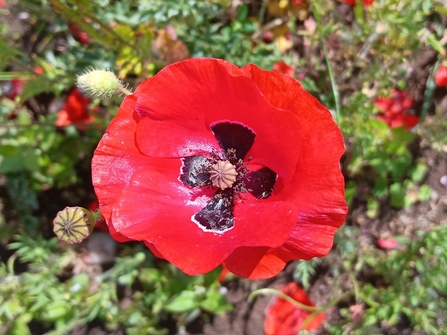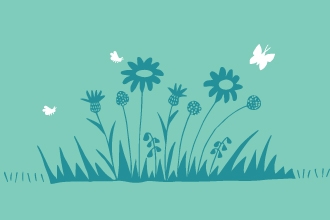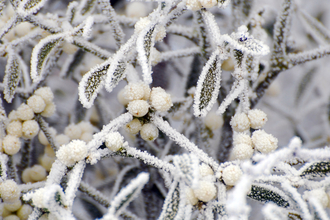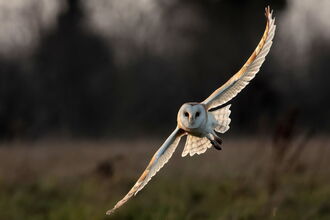If you've taken a stroll through Dropping Well Farm lately you can’t help but notice patches of brilliant red poppies that scatter the landscape. It’s a breathtaking sight and a powerful symbol of change.
These iconic flowers are stealing the spotlight at the moment but they’re also marking the start of an exciting transformation. Dropping Well Farm is being restored to one of the UK’s rarest and most valuable habitats: lowland heathland. Aerial photos show that parts of Dropping Well Farm were heathland as late as the 1940s but for the last few decades, the land has been used for arable crops - productive but heavily managed. It’s now entering a new phase: one that brings back wildlife, supports biodiversity and restores natural processes. The goal? To create a thriving area of lowland heathland - a habitat that’s not only rare in the UK but also globally significant. Britain is home to around 20% of the world’s remaining lowland heath but we’ve lost over 80% of it since the 1800s. That makes this restoration project a vital one for both nature and climate.






